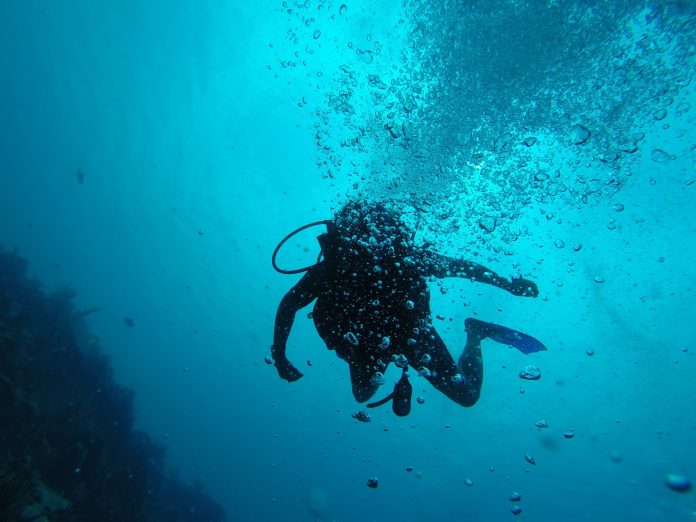by EH
A groundbreaking study published in Science has unveiled significant insights into the ecological crisis that struck the Mediterranean Sea about 5.5 million years ago. Led by the University of Vienna and supported by 25 institutions across Europe, including Italy’s National Institute of Oceanography and Experimental Geophysics (OGS), the research offers a comprehensive analysis of how this ancient event reshaped marine biodiversity in the region.
The study focuses on the Messinian salinity crisis, a period when the Mediterranean was cut off from the Atlantic Ocean, leading to extreme salinization and the formation of enormous salt deposits. These “salt giants,” found in Europe, Australia, Siberia, the Middle East, and beyond, are critical natural resources that have been mined from ancient times to the present.
Angelo Camerlenghi of OGS, a key researcher in the study, explains, “The Mediterranean salt giant, first identified in the early 1970s, is a massive layer of salt about one kilometer thick now buried beneath the Mediterranean seabed. It formed around 5.5 million years ago due to the gradual disconnection between the Atlantic and the Mediterranean at Gibraltar during the Messinian salinity crisis.”
This crisis led to dramatic changes in marine life. Fossil evidence from land-based and deep-sea sediment cores reveals that nearly 67% of marine species in the Mediterranean after the crisis were different from those that existed before. Of the 779 species that were endemic to the Mediterranean prior to the crisis, only 86 managed to survive the harsh new conditions. The reconfiguration of the Strait of Gibraltar not only altered salinity and temperature but also disrupted migratory paths, larval flows, and plankton dynamics, leading to the extinction of many species, including tropical corals.
The research highlights a critical finding: recovery from such an ecological crisis took far longer than previously thought. Konstantina Agiadi from the University of Vienna states, “Our study provides the first statistical analysis of an ecological crisis of this scale. Biodiversity in terms of species count only fully recovered after more than 1.7 million years.”
The implications of this study extend beyond the Mediterranean. The methodologies employed offer a model for understanding the interplay between plate tectonics, ocean formation, salt deposits, and marine life that could be applied to other regions worldwide.
For over three decades, OGS has been at the forefront of studying the Messinian salinity crisis and the subsequent Zanclean flood, one of Earth’s largest known floods. The Mediterranean, once transformed into a vast saline lake, has been a focal point of research, with recent advancements driven by collaborations through the COST Action MEDSALT and the Marie Skłodowska-Curie European Training Network SALTGIANT.
These international research networks have brought together numerous PhD and postdoctoral researchers, injecting new momentum into the study of this extraordinary natural event that has profoundly impacted the climate, ecosystems, geological structures, and landscape of the Mediterranean region.





























